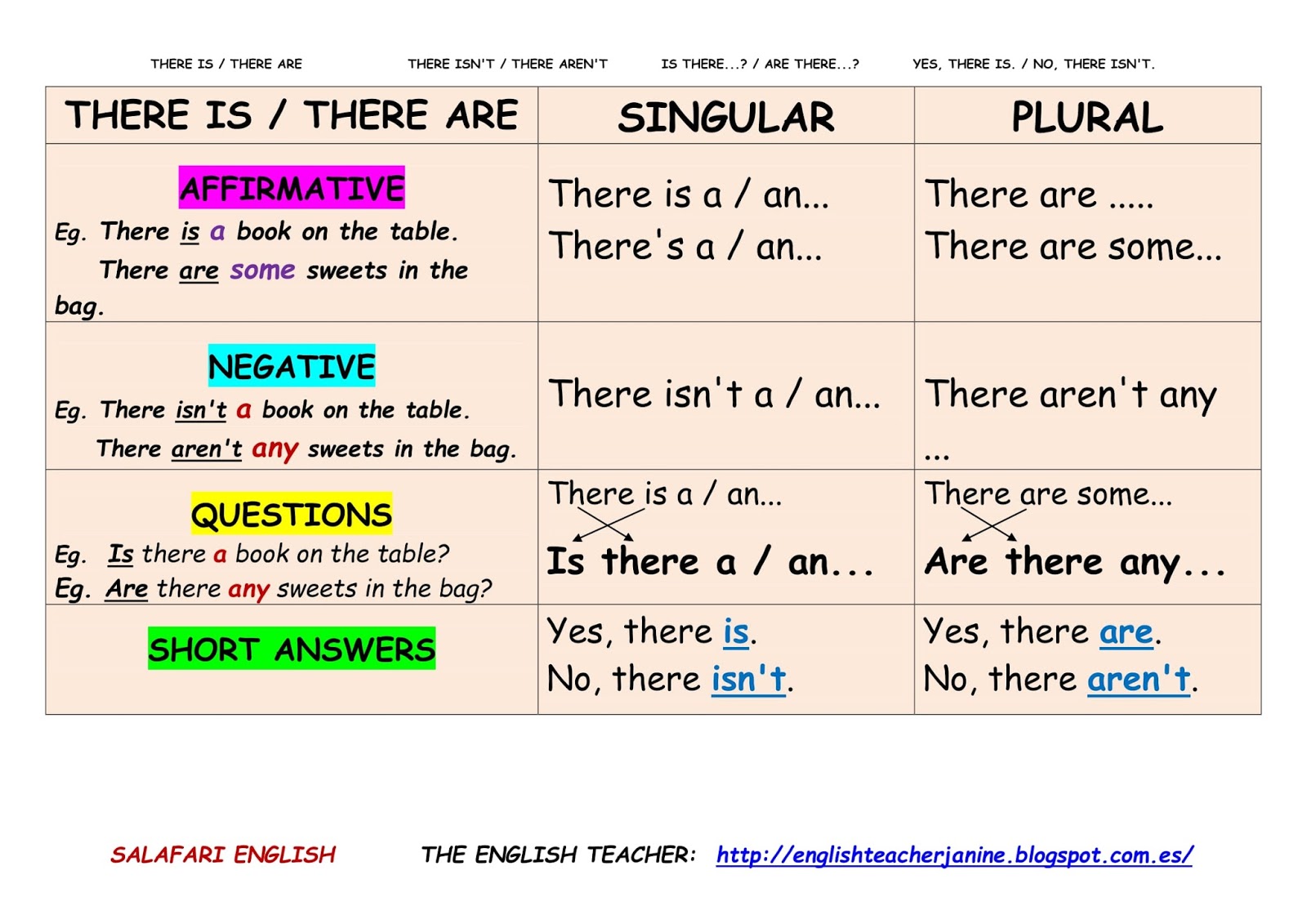The phrase "there are" is a fundamental component of the English language that serves various functions in communication. It plays a crucial role in sentence structure and meaning, allowing speakers to express existence, quantity, and presence of objects or ideas. In this article, we will delve into the significance of "there are," its grammatical applications, common usage scenarios, and much more.
As we explore this topic, we will uncover the nuances of the phrase, its variations, and how it fits into the broader context of English language learning. The phrase "there are" is not just about grammar; it's about effective communication and conveying ideas clearly. This article aims to provide valuable insights for English learners, educators, and anyone interested in mastering the language.
Whether you are a native speaker or learning English as a second language, understanding the phrase "there are" can enhance your language skills and improve your ability to express yourself. Let's embark on this journey into the world of English grammar and usage, focusing on "there are" as our primary keyword.
Table of Contents
- What is "There Are"?
- Grammatical Structure of "There Are"
- Usage of "There Are" in Sentences
- Variations of "There Are"
- Common Mistakes with "There Are"
- Contextual Usage of "There Are"
- Importance of "There Are" in Communication
- Conclusion
What is "There Are"?
"There are" is a phrase used to indicate the existence or presence of multiple items or entities. It is often followed by a noun phrase that specifies what exists. For example, in the sentence "There are three apples on the table," the phrase "there are" introduces the subject, which in this case is "three apples." This construction is essential for expressing quantity and existence in English.
Grammatical Structure of "There Are"
The grammatical structure of "there are" typically includes the following components:
- There: An introductory word that indicates existence.
- Are: The plural form of the verb "to be," indicating that the subject is plural.
- Noun Phrase: A phrase that identifies the items or entities that exist.
For example, in the statement "There are many challenges in learning English," "there are" introduces the subject "many challenges," emphasizing their existence.
Usage of "There Are" in Sentences
Affirmative Sentences
In affirmative sentences, "there are" is used to state the existence of multiple items. For instance:
- There are five books on the shelf.
- There are several reasons to learn a new language.
Negative Sentences
In negative sentences, "there are" can be transformed into "there are not" or "there aren't" to indicate non-existence. For example:
- There are not any cookies left in the jar.
- There aren't any students in the classroom.
Variations of "There Are"
While "there are" is commonly used, there are variations that serve similar purposes:
- There is: Used when referring to a singular noun. Example: "There is a cat on the roof."
- There were: Used for past situations. Example: "There were many people at the concert."
- There will be: Used to indicate future existence. Example: "There will be a meeting tomorrow."
Common Mistakes with "There Are"
English learners often make mistakes when using "there are." Here are some common errors to watch out for:
- Confusing "there are" with "there is" when referring to plural nouns.
- Omitting the verb "are" in sentences.
- Using "there are" with uncountable nouns, which should be introduced with "there is."
For instance, saying "There are milk in the fridge" is incorrect; it should be "There is milk in the fridge."
Contextual Usage of "There Are"
"There are" can be used in various contexts, making it a versatile phrase in English. Here are a few examples:
- In Academic Writing: "There are numerous studies that support this theory."
- In Everyday Conversation: "There are many restaurants in this area."
- In Professional Settings: "There are several options available for this project."
Importance of "There Are" in Communication
The phrase "there are" is crucial for effective communication as it helps convey information clearly. It allows speakers to:
- Express existence and presence.
- Describe quantities and amounts.
- Provide clarity in both spoken and written language.
Understanding how to use "there are" correctly can significantly enhance one's ability to communicate in English.
Conclusion
In conclusion, the phrase "there are" is an essential part of English grammar that enables speakers to express existence, quantity, and presence effectively. By mastering the usage of this phrase, learners can improve their communication skills and convey their ideas more clearly. We encourage you to practice using "there are" in your conversations and written communication.
Feel free to leave your comments, share this article, or explore more content on our site to enhance your English language skills!
References
- English Grammar: Understanding "There Are" - [Source]
- Common English Phrases and Their Usage - [Source]
- Grammar Rules for English Learners - [Source]
Rafael Devers Stats: A Comprehensive Analysis Of His Performance
Natalie Nunn: The Rise Of A Reality TV Star And Entrepreneur
Kelley Blue Book: Your Ultimate Guide To Car Valuation And Buying Insights


